Protecting your vehicle from theft is crucial, whether it’s your car or a rental, such as those available in Tehran. Vehicle theft can occur regardless of your car’s value, type, or the items inside. Many car owners invest significant effort and resources into purchasing their vehicles and would naturally want to safeguard such a valuable asset. In this article, we’ll explore effective strategies to secure your car and prevent theft.
Even in the safest parking spots, the risk of theft exists. Simple yet overlooked errors can greatly increase the chances of your vehicle being targeted by thieves. According to security expert Hao Ken Yu, awareness and attention to detail are key in mitigating these risks. Discover essential tips and common pitfalls to avoid, ensuring your car remains safe under your watch. Read on to learn how you can keep your vehicle secure from potential car thieves.
What are the tips and to Secure Your Vehicle?
- Lock your doors
- Remove your keys from the vehicle
- Do not leave a spare key near your vehicle
- Close the windows
- Park in well-lit areas
- Install an audible alarm system and anti-theft device
- Install a vehicle immobilizer system
- Install a tracking system
- Don’t leave valuables in your car
- Be alert
Always Secure, The Importance of Locking Your Car Doors
Locking your car doors is one of the simplest yet most effective measures you can take to protect your vehicle from theft and unauthorized access. Despite advancements in automotive security technology, the fundamental practice of locking your doors remains crucial.
- Basic Security: Always locking your doors, even when stepping away for a brief moment, creates a first line of defense against potential thieves.
- Prevent Opportunistic Crimes: Many vehicle thefts are crimes of opportunity. An unlocked door is an open invitation to a thief, even if the car is parked in a seemingly safe, well-lit area.
- Use of Technology: Modern cars feature remote locking systems, but manually checking your doors can prevent technology faults or accidental oversights.
- Integrate with Other Security Measures: Combine door locking with other security practices, such as parking in secure areas, using a steering wheel lock, and installing a car alarm.
- Educating Others: Make it a habit to remind family and friends about the importance of locking their car doors as well. Shared vigilance can increase security for everyone.
Locking your car doors might seem like a small action, but it is a vital part of maintaining the security of your vehicle. Always ensure your doors are locked, and double-check if necessary, to keep your vehicle safe from theft and damages.
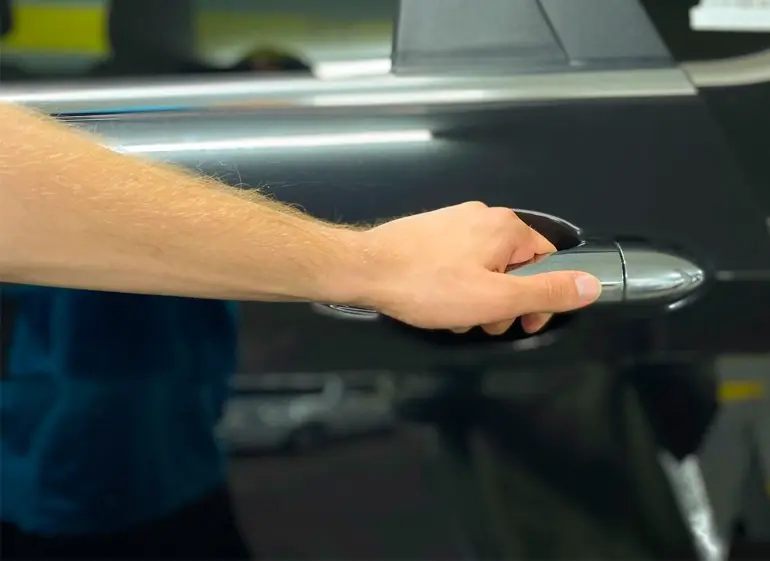
Key Safety, Why You Should Always Remove Your Keys from the Vehicle?
Removing your keys from the ignition and ensuring they’re with you when you leave your vehicle is a crucial habit for preventing car theft. This practice is fundamental regardless of how quick your errand might be or how safe the neighborhood appears.
- Eliminate Theft Opportunity: Leaving keys in the car not only makes it easier for thieves to steal your vehicle, but it also presents a legal issue in some places, where leaving keys in an unattended car is illegal.
- Prevent Unintended Use: Removing your keys prevents scenarios where children or unauthorized individuals can accidentally or intentionally operate the vehicle, potentially leading to accidents or legal issues.
- Insurance Compliance: Many insurance policies require that all reasonable measures to secure the vehicle were taken in order for a theft claim to be valid. Leaving keys in the car often violates these terms.
- Encourages Full Vehicle Shutdown: Removing the keys encourages drivers to fully turn off their vehicles, ensuring all electronic systems are shut down properly, which can help preserve the car’s battery and security systems.
- Habit Formation: Consistently taking your keys with you reinforces good security habits and decreases the likelihood of theft.
Always taking your keys with you when exiting your vehicle is more than just a security measure; it’s a necessary practice for responsible vehicle ownership. By removing your keys, you safeguard against theft, unauthorized use, and potential breaches in insurance policy terms. Make it a habit to keep your keys on your person to ensure the safety and security of your vehicle.

Do not leave a spare key near your vehicle
Leaving a spare key near your vehicle might seem like a convenient solution for lockout situations, but it significantly increases the risk of car theft. Thieves are well-versed in common hiding spots and can easily access these keys, making your vehicle vulnerable.
- Common Hiding Spots are Known: Thieves are familiar with typical hiding places like under the mat, in the wheel well, or inside a magnetic box attached to the chassis. Placing a spare key in these spots is akin to leaving your doors unlocked.
- Alternative Solutions: Instead of hiding a key around the car, consider safer alternatives such as using a keyless entry system with a secure code or keeping a spare key with a trusted friend or family member.
- Use of Technology: Modern technology offers more secure ways to access your vehicle in the event of a lockout, including smartphone apps that can unlock cars digitally through secure verification processes.
- Increased Insurance Risk: Many insurance companies may deny theft claims if it is found that a spare key was left within easy reach, as this is seen as neglecting to secure the vehicle adequately.
- Locksmith Services: Keep contact information for a reliable locksmith in your phone or wallet. Although there might be a cost associated with their services, it is minimal compared to the potential loss and inconvenience of having your vehicle stolen.
The convenience of having a spare key close to your vehicle does not outweigh the security risks. Always prioritize vehicle safety by adopting more secure methods to deal with lockouts, ensuring that your car remains protected against potential theft.
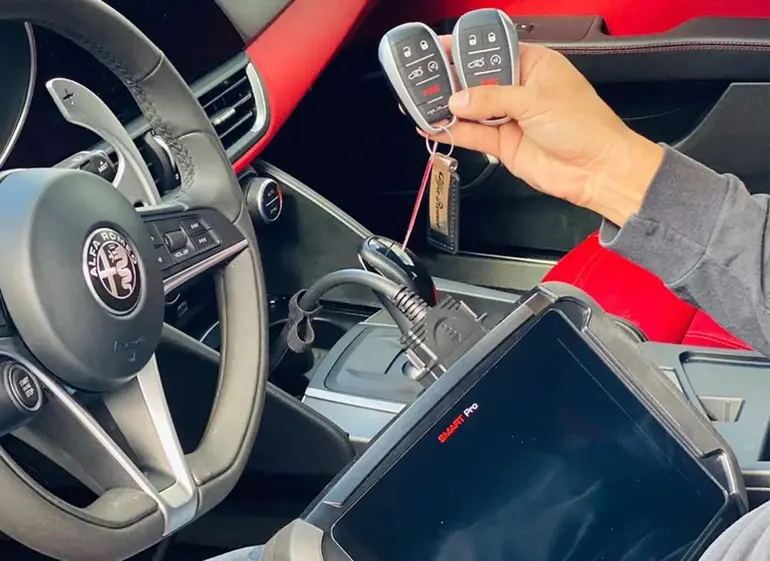
Why Closing Your Car Windows is Crucial?
Closing your car windows fully is a fundamental yet often overlooked step in safeguarding your vehicle from theft and environmental damage. Even a slightly open window can invite unwanted attention and provide easy access for thieves to manipulate locks or steal belongings.
- Prevent Easy Access: A fully closed window is a basic deterrent to theft. It prevents thieves from reaching inside to unlock doors or grab visible items like electronics, wallets, or other valuables.
- Protect Against Environmental Damage: Windows left even partially open can allow water, dirt, and debris to enter during unexpected weather changes, potentially damaging the vehicle’s interior and electronics.
- Enhance Vehicle Security Systems: Many car alarms and security systems are only fully activated when all windows are closed. An open window could compromise the system’s effectiveness.
- Maintain Privacy: Closed windows maintain privacy and prevent passersby from easily viewing the contents and layout of your car, reducing the likelihood of opportunistic crimes.
- Energy Efficiency: For those using air conditioning or heating, closed windows help maintain the internal temperature, making your vehicle more energy-efficient and comfortable.
Fully closing your car windows is a simple yet effective step to enhance your vehicle’s security and protect it from theft and environmental elements. Always check your windows before leaving your car to ensure they are completely shut, securing your belongings and maintaining the integrity of your vehicle’s security systems.
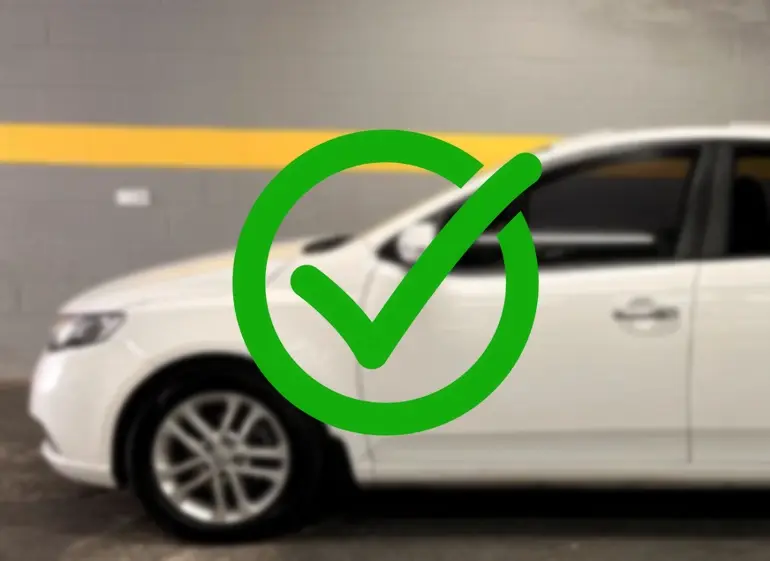
Bright Choices: The Benefits of Parking in Well-Lit Areas
Choosing to park in well-lit areas is a strategic move to enhance the safety of your vehicle. Well-lit parking not only deters potential thieves but also reduces the risk of accidents and vandalism, making it a safer option for both your car and personal security.
- Deterrent to Criminal Activity: Thieves typically target cars parked in poorly lit or secluded areas to avoid detection. Bright lighting increases the risk of being seen and caught, thus discouraging theft and vandalism.
- Increased Safety for Drivers and Passengers: Well-lit areas make it safer for individuals to enter and exit their vehicles, especially during nighttime. It reduces the risk of trips and falls and deters potential attackers by increasing visibility.
- Better Surveillance Coverage: Parking in illuminated areas often means you’re within the view of surveillance cameras, which are more common in such spots. This adds an extra layer of security, as the area is likely monitored regularly.
- Assists in Accident Prevention: Well-lit parking areas help drivers see more clearly when parking and maneuvering, reducing the risk of accidental bumps or scratches from misjudging distances.
- Helps in Locating Your Vehicle: In expansive parking lots or garages, a well-lit area can make it easier to locate your vehicle, especially in crowded or unfamiliar locations.
Parking in well-lit areas is a simple yet effective method to protect your car and enhance personal safety. Whenever possible, choose spots that are brightly illuminated and close to building entrances or active streets. This not only helps deter potential thieves but also provides a safer environment for you when accessing your vehicle.
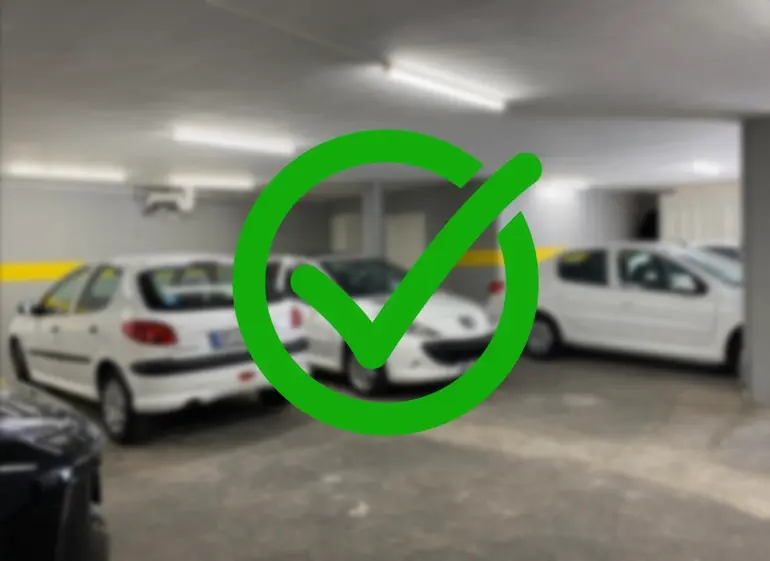
Install an audible alarm system and anti-theft device
Installing an audible alarm system and anti-theft devices is a proactive approach to vehicle security. These systems serve as both a deterrent to potential thieves and a way to alert you and others nearby in case of unauthorized access or attempts to tamper with your vehicle.
- Audible Alarms: An audible alarm system is designed to emit a loud noise when the vehicle senses unauthorized entry. This noise not only draws immediate attention to the scene, deterring the thief from proceeding but also alerts vehicle owners and bystanders to the potential theft.
- Visual Deterrent: The presence of an alarm system, often indicated by a sticker or visible module, can discourage thieves from targeting your vehicle in the first place. Knowing that an alarm might draw attention, thieves are more likely to look for easier, less protected targets.
- Anti-Theft Devices: There are various types of anti-theft devices available, such as steering wheel locks, brake locks, and immobilizers. These devices physically prevent the vehicle from being driven, adding an extra layer of security.
- GPS Tracking: Many modern alarm systems come with GPS tracking capabilities, allowing you to monitor your vehicle’s location in real-time. This feature is invaluable in recovering a stolen vehicle quickly.
- Insurance Benefits: Many insurance companies offer discounts on premiums for vehicles equipped with certified anti-theft systems. This can offset some of the cost of installation and maintenance of the system.
- Professional Installation: To ensure optimal performance and reliability, it is recommended to have alarm systems and anti-theft devices installed by professionals. Proper installation is key to preventing malfunctions and ensuring that the system functions as intended.
The installation of an audible alarm system and anti-theft devices significantly enhances the security of your vehicle. These systems act as a strong deterrent against theft and provide peace of mind knowing that your vehicle is better protected. Consider the combination of an alarm system with physical anti-theft devices for comprehensive vehicle security.
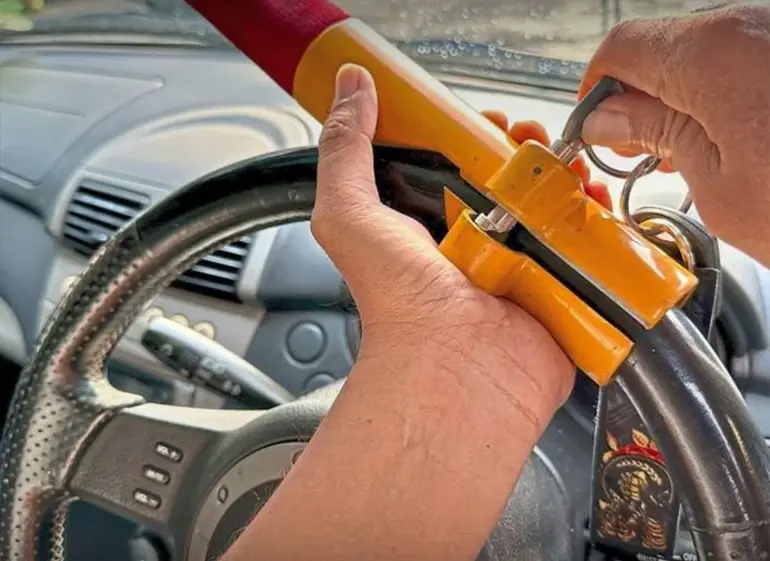
The Benefits of Installing a Vehicle Immobilizer System
A vehicle immobilizer system is a sophisticated security technology designed to prevent the engine from starting unless the correct key or fob is used. This system provides an essential layer of protection against vehicle theft by making it nearly impossible for thieves to hot-wire or start the vehicle without the authorized key.
- How It Works: Vehicle immobilizers use an electronic chip embedded in the car key, which sends a unique code to the vehicle’s engine management system. If the code matches, the engine will start; if not, the immobilizer disables the ignition, fuel system, or both, preventing the engine from starting.
- Deterrence Factor: The presence of an immobilizer is a significant deterrent to car thieves, who are often looking for quick and easy targets. Cars equipped with immobilizers are less likely to be stolen, as the complexity and time required to bypass these systems are impractical for most thieves.
- Insurance Advantages: Many insurance companies recognize the effectiveness of immobilizers in preventing theft and may offer lower premiums for vehicles equipped with approved immobilizer systems. This can result in considerable savings over the life of the vehicle.
- Compatibility and Installation: Most new vehicles come with factory-installed immobilizers. However, for older models that lack this feature, aftermarket immobilizers are available and can be installed by professional auto technicians to ensure proper integration with the vehicle’s existing systems.
- Additional Features: Some immobilizer systems come with extra features like anti-tamper alerts, which notify the owner if someone attempts to bypass the system. Advanced models may include integration with a smartphone app to provide real-time security alerts and vehicle status.
- Maintenance and Reliability: Immobilizers are generally low-maintenance and reliable. However, it’s important to use a reputable brand and professional installation to avoid issues like false alarms or non-recognition of the authorized key.
Installing a vehicle immobilizer system is a wise investment for enhancing your car’s security. It effectively makes your vehicle a less attractive target for theft, potentially lowers your insurance rates, and provides peace of mind. Whether your car is new or old, an immobilizer system can offer significant protection against the ever-present threat of car theft.
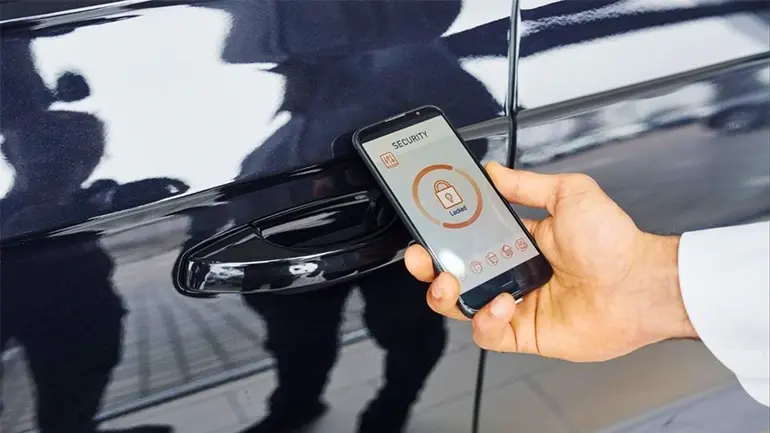
Install a tracking system
- Functionality:
- GPS Technology: Most tracking systems use GPS to provide accurate location data. This allows vehicle owners and law enforcement to track the vehicle’s movements in real-time.
- Geofencing: Some systems include a feature called geofencing, which alerts the owner if the vehicle moves outside of predefined geographical boundaries.
- Theft Recovery:
- Quick Response: With a vehicle tracking system, the moment you realize your vehicle has been stolen, you can immediately check its location. This allows for a swift response from authorities, significantly increasing the likelihood of recovery.
- Law Enforcement Collaboration: Many tracking service providers work directly with local law enforcement to facilitate faster recovery, making them a valuable partner in theft situations.
- Insurance Benefits:
- Reduced Premiums: Insurance companies often recognize the added security that a tracking system provides and may offer discounts on premiums for vehicles equipped with such systems.
- Evidence for Claims: The data provided by tracking systems can also support insurance claims, demonstrating the time and location of theft or unauthorized use.
- Additional Features:
- Movement Alerts: Owners can receive alerts if their vehicle is moved without ignition, indicating towing or other unauthorized movement.
- Speed Monitoring: Some systems can monitor speed, which is useful for keeping tabs on driving habits when others are using the vehicle.
- Types of Tracking Systems:
- Active Tracking: Provides real-time tracking and sends data at regular intervals.
- Passive Tracking: Records vehicle’s data to be retrieved at a later time. It’s often less expensive but does not offer immediate tracking information.
- Installation and Costs:
- Professional Installation: It is recommended to have your tracking system installed by professionals to ensure it is integrated correctly with your vehicle’s systems.
- Costs: Initial installation and purchase costs can vary, and there may be ongoing fees for network access and data management.
- Considerations:
- Privacy Concerns: While tracking systems offer significant security benefits, they also raise privacy issues. Vehicle owners should consider who has access to their location data and how it is managed.
- Battery Life: Some GPS trackers are battery-operated and require regular checks to ensure they are functional when needed.
Don't leave valuables in your car
Leaving valuables visible inside your vehicle can significantly increase the risk of break-ins and theft. Cars are inherently vulnerable to theft due to their glass windows and the ease with which thieves can spot and steal items quickly. By keeping your car clear of valuables, you minimize the temptation for potential thieves and protect your possessions.
- Attracts Unwanted Attention:
- Visibility of Valuables: Items such as electronics, purses, wallets, or even shopping bags left in plain sight can draw the attention of thieves. A car that appears to contain valuable items is more likely to be targeted.
- Quick Smash-and-Grab: Car windows can be easily broken, making any visible valuables quick and easy targets for theft. These types of crimes are typically opportunistic, with thieves choosing cars that guarantee a profitable haul with minimal effort.
- Risk Mitigation:
- Stowing Items: Always take valuable items with you when leaving your car, or store them out of sight, such as in the glove compartment, trunk, or under seats before reaching your destination.
- Tinted Windows: Consider tinting your car windows to reduce visibility inside your vehicle, though be sure to check local regulations regarding tint levels.
- Behavioral Adjustments:
- Routine Checks: Make it a habit to check your car for valuables before locking it, ensuring you haven’t left anything in view.
- Parking Strategies: When possible, park in secure, well-lit areas or attended lots, which can deter thieves.
- Impact on Car Insurance:
- Insurance Claims: Many insurance policies have limited coverage for items stolen from a vehicle, especially high-value items. Ensuring that valuables are not left in your car can prevent potential complications with insurance claims.
- Premiums: Repeated claims for theft from a vehicle can result in higher insurance premiums.
- Long-Term Safety:
- Preventing Identity Theft: Leaving items with personal information, such as documents or electronic devices that are not properly secured, can lead to identity theft if stolen.
- Reduction in Break-Ins: Consistently keeping your car free of valuables can decrease the likelihood of your vehicle being repeatedly targeted by thieves.
The practice of not leaving valuables in your car is crucial for protecting both your belongings and your vehicle. It not only deters potential thefts but also helps avoid the hassle and expense of replacing stolen items and dealing with insurance. By adopting simple habits and making conscious decisions about where and how you store your belongings, you can significantly reduce the risk of theft and maintain your peace of mind.
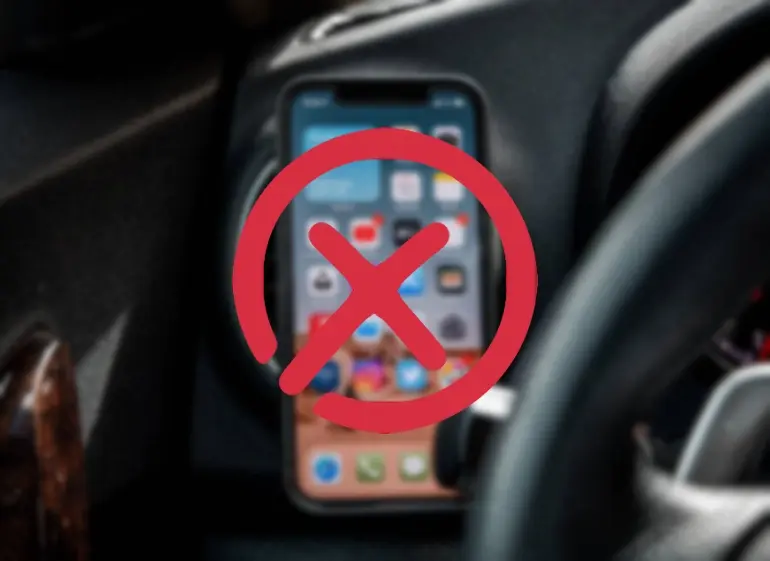
The Critical Importance of Being Alert to Prevent Vehicle Theft
Staying alert and maintaining awareness of your surroundings are fundamental aspects of preventing vehicle theft. This proactive approach can help you spot potential threats early, avoid risky situations, and take immediate action if something seems amiss. Awareness is not only crucial when you’re near your vehicle but also in selecting safe environments for parking and monitoring your car’s safety.
- Situational Awareness:
- Observing Surroundings: Always scan the area around your vehicle before approaching or leaving it. Be mindful of suspicious activities or individuals who seem out of place.
- Parking Decisions: Choose your parking spaces wisely, considering visibility, lighting, and general safety of the area. Avoid isolated or poorly lit areas that can make your vehicle an easy target.
- Preventive Practices:
- Entering and Exiting Quickly: Minimize the time spent idle in your car, particularly in unfamiliar or unsafe areas. Be ready to leave as soon as you enter your vehicle.
- Keeping Doors Locked and Windows Closed: Even while driving, keep your doors locked and windows up to prevent opportunistic crimes at stoplights and in slow-moving traffic.
- Technology Aid:
- Using Security Apps: Utilize apps that can alert you to recent crimes in your area or provide community-based safety updates.
- Car Alarm Status: Regularly check that your car alarm is functional and activated, especially if you park in public or unfamiliar locations.
- Communication:
- Informing Others: Let friends or family know about your travel plans, especially when traveling long distances or to unfamiliar places.
- Emergency Contacts: Have easy access to emergency numbers, including local police and roadside assistance, in case of any security issues or emergencies.
- Personal Safety:
- Avoiding Distractions: Stay off your phone and other electronic devices when walking to or from your car to ensure full attention to your environment.
- Carrying a Personal Alarm: Consider carrying a personal safety alarm or pepper spray for self-defense in case of an emergency.
- Routine Checks:
- Regular Vehicle Inspections: Regularly inspect your vehicle for signs of tampering, such as damage to the locks, windows, or ignition system.
- Cultural and Behavioral Adaptations: Adapt your habits based on the typical crimes in the area. In regions with high theft rates, heightened vigilance and additional security measures may be necessary.
Being alert is not just about reacting to potential threats; it’s about actively creating a secure environment for yourself and your vehicle. By maintaining a high level of awareness and incorporating vigilant practices into your daily routine, you can significantly reduce the risk of vehicle theft and ensure your safety and the security of your belongings.
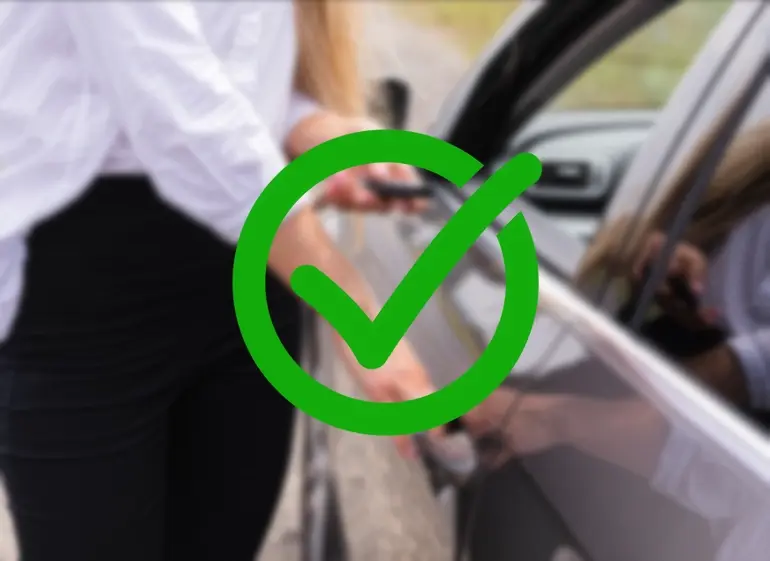
Last word
Preventing vehicle theft involves a combination of practical measures and heightened awareness. By adopting strategies such as parking in well-lit areas, keeping valuables out of sight, using technology like immobilizer systems and tracking devices, and always being vigilant about your surroundings, you can significantly reduce the risk of your vehicle becoming a target for thieves. Remember, the key to deterring car thieves lies in the security devices installed and the daily habits and precautions taken by each driver. Stay informed, stay alert, and protect your vehicle proactively to ensure that it remains safe and secure under your watch.
